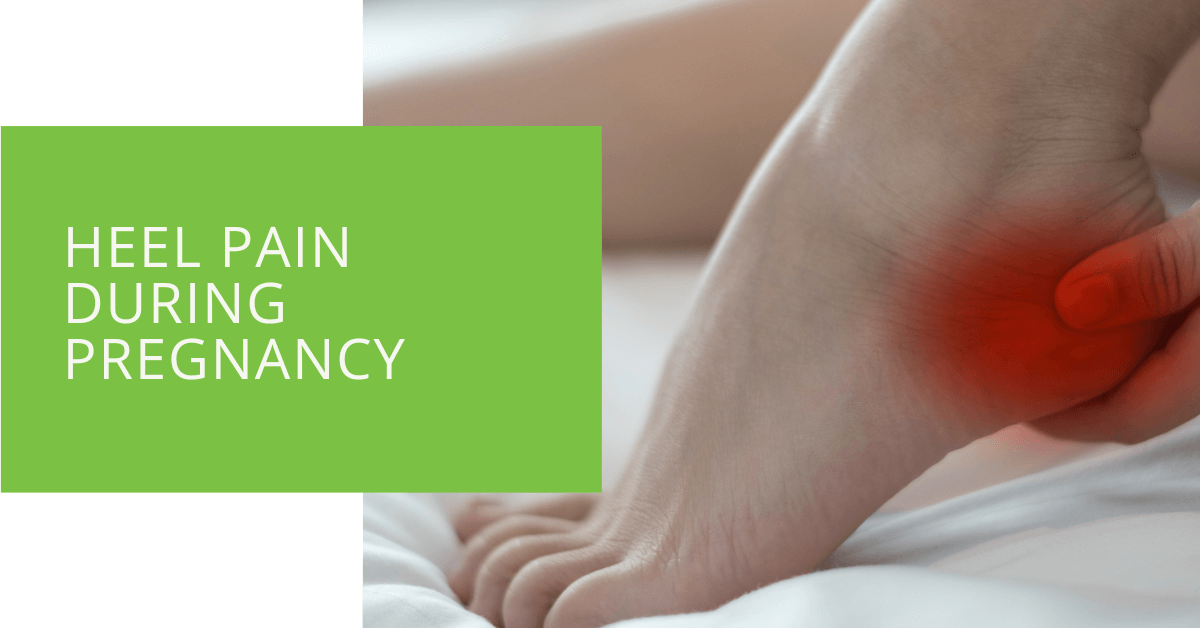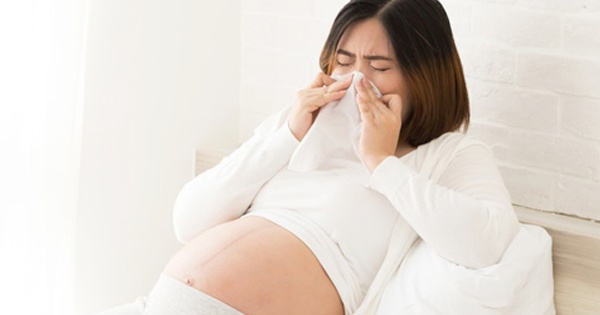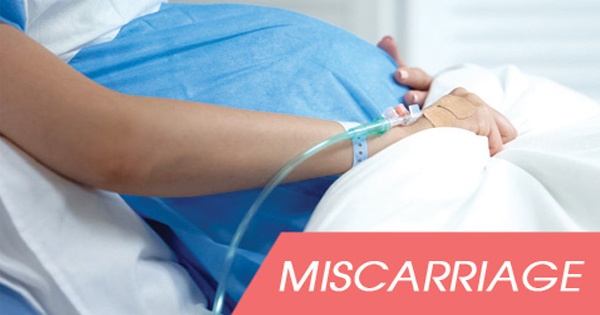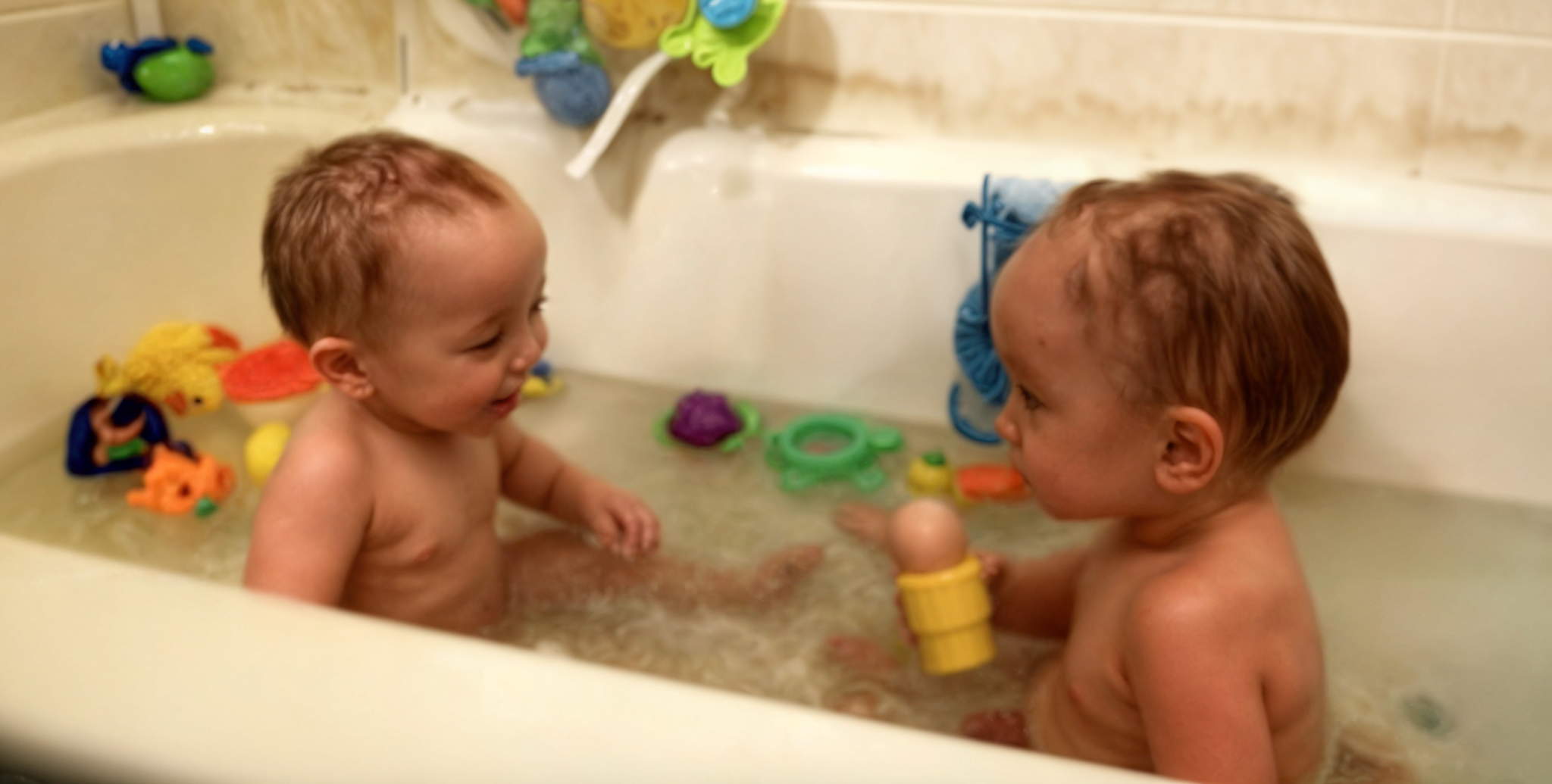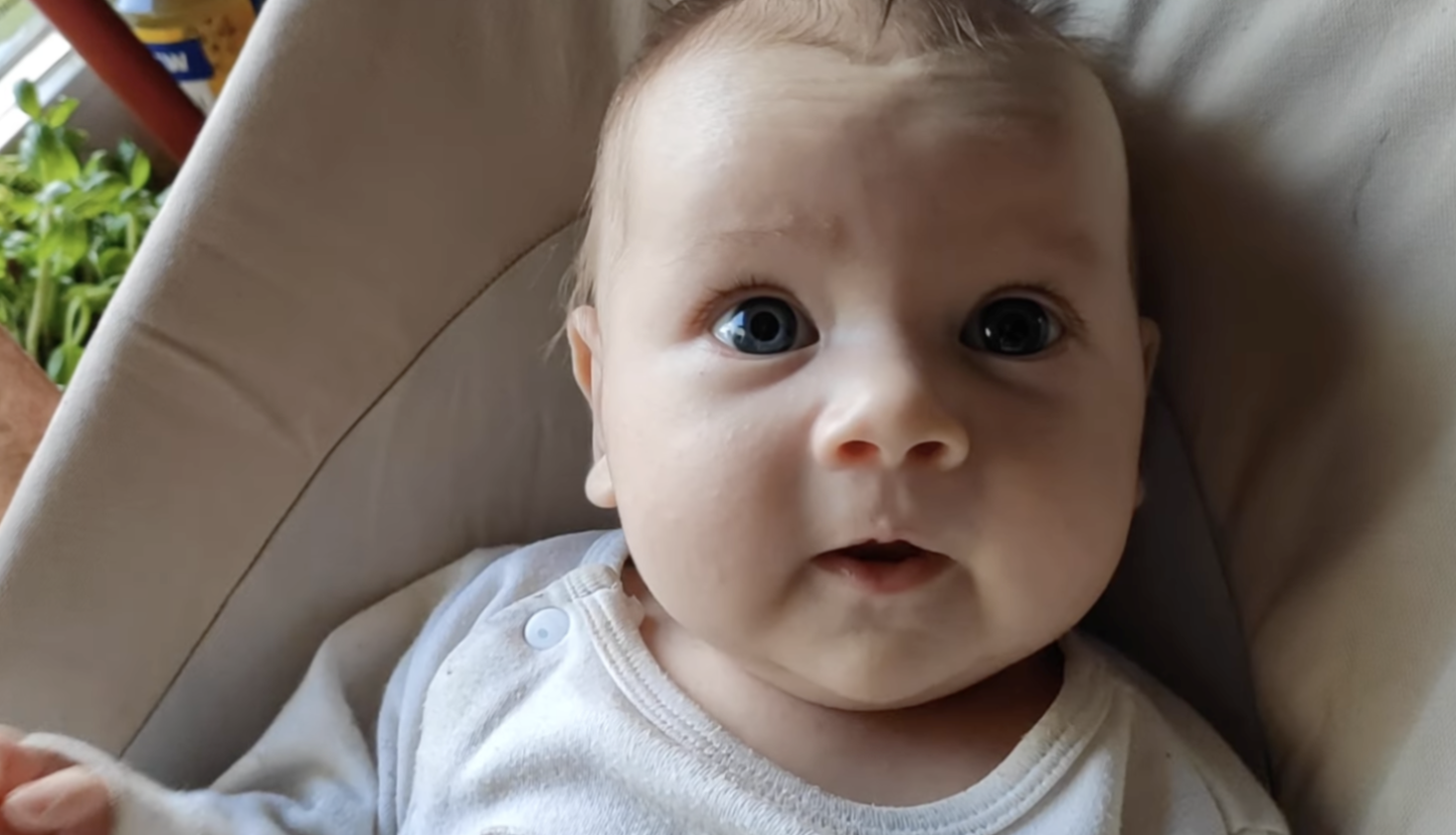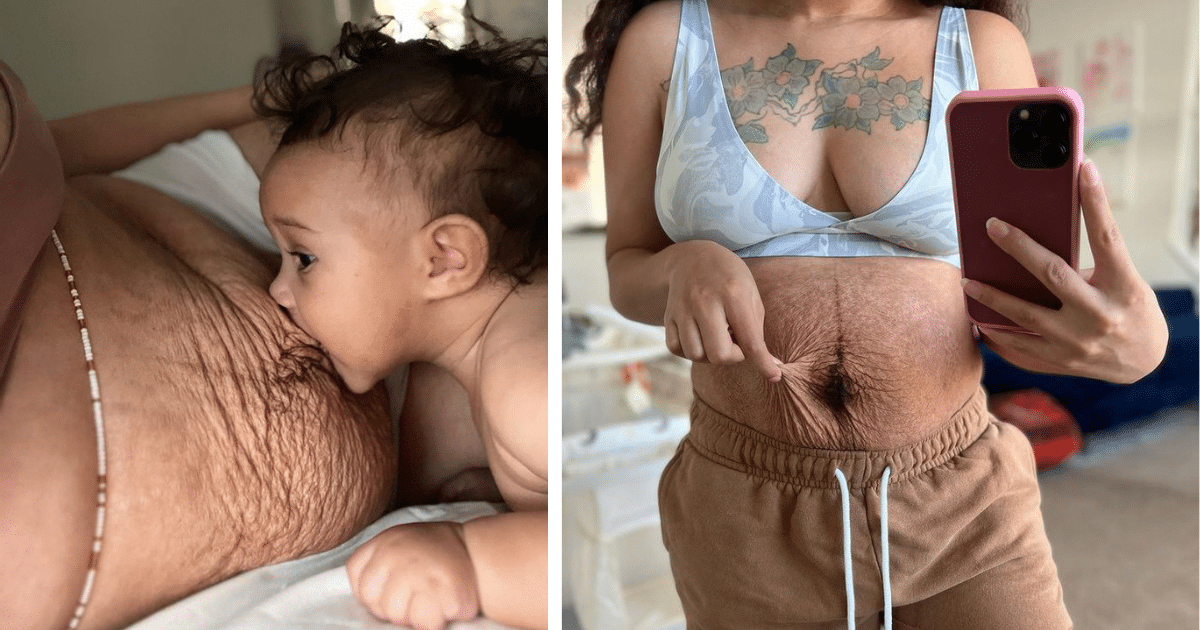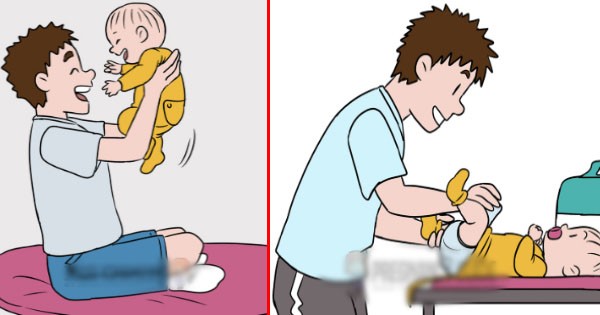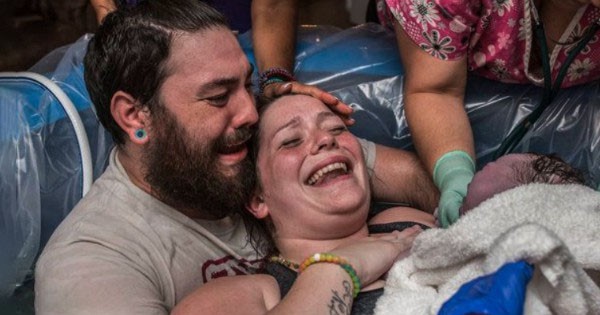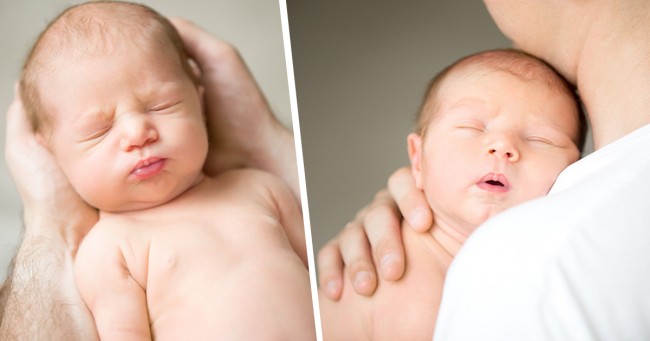
Being in tune with our bodies is important as it helps us identify potential health problems. Recognizing the warning signs our body may display when something is amiss is imperative. Here are eight indications to watch out for:
- Yellowing skin:
- Jaundice can cause the skin to turn yellow and indicate liver disease. High levels of bilirubin in the body can lead to this condition.

2. White dots on nails:
While white dots on nails could be a result of an injury, if they appear without any apparent cause, it may indicate a lack of zinc, calcium, or protein.

3. Cracked lips: Cracks or blisters on the lips can be due to dehydration or using the wrong type of lipstick. Keeping the body hydrated and using appropriate lip products can prevent this.

4. Clubbed Fingernails:
Clubbed fingernails can signify chronic lung disease or gastrointestinal problems. If left untreated, the nails can grow and bend downwards.

5. Mouth ulcers:
Internal mouth ulcers might develop as a result of hormonal changes or emotional stress. Additionally, sores might develop as a result of a vitamin B-12 shortage.

6. White bumps on upper eyelids:
These bumps, known as styes, can be a result of dry skin or diabetes. They may appear around the eyelashes and can be treated with appropriate medication.

7. Arcus senilis:
A grey or white ring around the cornea, known as arcus senilis, is common in older individuals due to their age. However, its presence in younger individuals can indicate elevated cholesterol levels.

8. Red tongue:
A bright red tongue can signify an infection or vitamin deficiency. Oral herpes can also cause the tongue to change hue.

If you experience any of these symptoms, it is advisable to seek medical attention. Being proactive and taking action can help prevent potential health problems from worsening. Additionally, please share any treatments you have tried in the comments section below.
Understanding the Causes of Acne on Different Body Parts

Acne is not just a cosmetic concern but can also be a sign of underlying health issues. It is important to pay attention to where acne appears on your body as it can provide valuable clues about its root cause. In this article, we will explore the different body parts where acne commonly occurs and what it could signify. Remember, consulting with a doctor is always recommended for personalized advice and treatment options.
1. On the Nose

The nose is particularly prone to acne due to its larger pores and oilier skin. Stress, diet, and poor hygiene can contribute to acne in this area. Incorporating Tea Tree Oil into your skincare routine or using products with sodium sulfacetamide and sulfur can help prevent bacterial buildup and improve acne on the nose.
2. On the Forehead

Excess oil production is often the culprit behind forehead acne. Factors such as medications, stress, hormones, or even oily hair can lead to clogged pores and breakouts. Finding the right cleanser for this area or avoiding oily hair products can help reduce acne on the forehead.
3. Around the Mouth

Acne around the mouth can be caused by hormonal imbalances, genetic factors, or external irritants such as musical instruments or cosmetics. Maintaining good hygiene and using gentle cleansers can help keep the area clean and minimize breakouts. If acne persists, consider consulting a dermatologist.
4. Jaw and Neck

Hormonal imbalances often contribute to acne in the jaw and neck region. Changes in hormone levels, such as those occurring during menstrual cycles or while taking birth control, can trigger breakouts in these areas. Using non-comedogenic cleansers and targeted acne treatments can be effective solutions.
5. On the Cheeks

Touching the face and sleeping on dirty sheets or pillowcases can lead to acne on the cheeks. Additionally, using a phone that frequently comes into contact with the cheeks can transfer bacteria and contribute to breakouts. Maintaining good lifestyle habits, like wiping your phone, washing your hands regularly, and changing your sheets often, can help prevent cheek acne.
6. On the Back

Back acne can be caused by allergies to creams or cosmetics, sweat mixing with toxins on the skin, poor hygiene, and even stress. Taking care to wash your back thoroughly and ensuring clean clothes, blankets, and pillowcases can help prevent back acne. Additionally, managing stress levels can have a positive impact on the condition of your skin.
7. On the Legs

Acne on the legs is often caused by irritation from clothing or equipment rubbing against the skin. It is important to distinguish between simple acne and other conditions like folliculitis, eczema, or keratosis pilaris. If acne on the legs is itchy and painful, it is recommended to consult with a doctor for proper diagnosis and treatment.
8. On the Chest

The chest is prone to acne due to its sensitive skin. Irritants such as detergents used to wash clothes or wearing tight clothing can contribute to acne in this area. Opt for sulfate and fragrance-free hypoallergenic products when washing your clothes. Additionally, choose body lotions that are oil-free and non-pore-clogging to minimize breakouts on the chest.
Did you find this article helpful in understanding why acne appears in different parts of the body? Share your experience and thoughts in the comments below.









